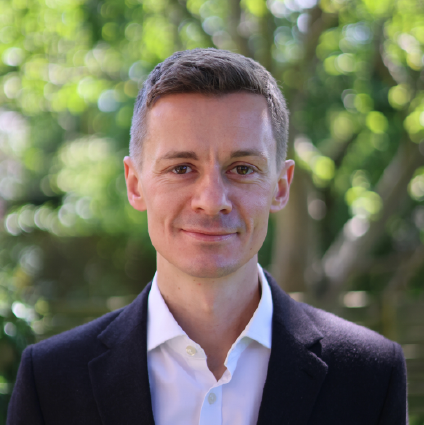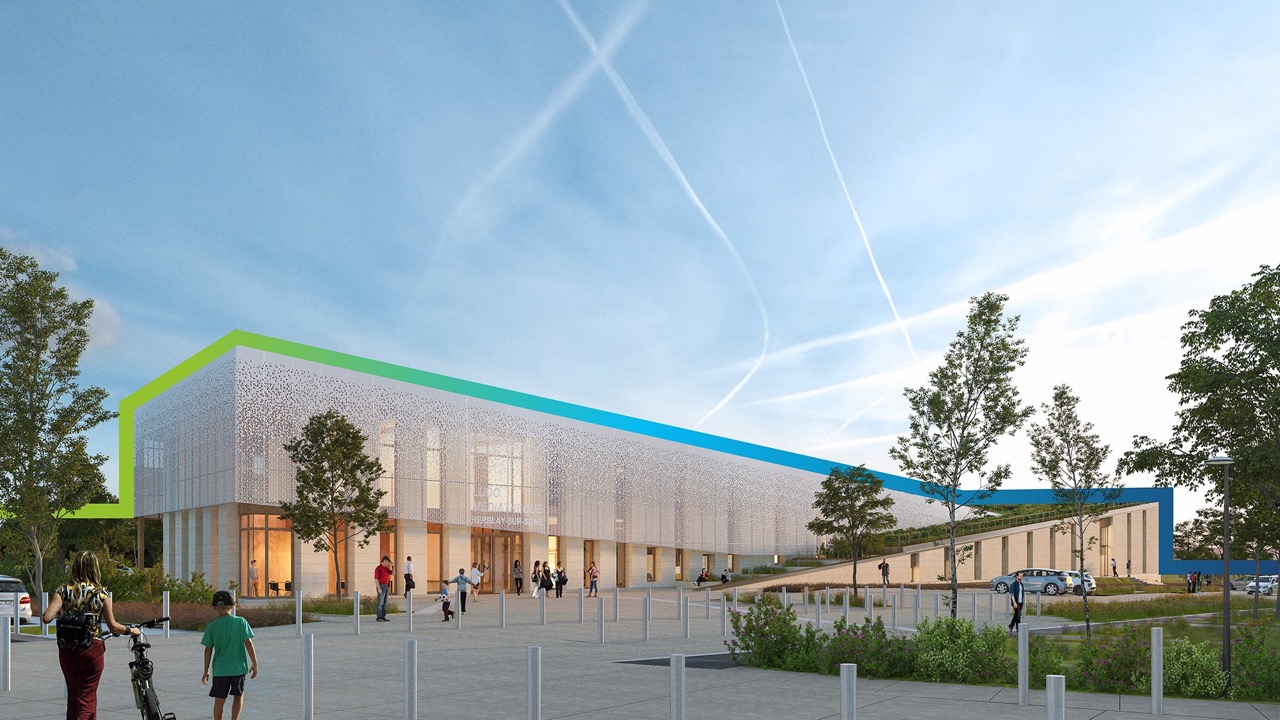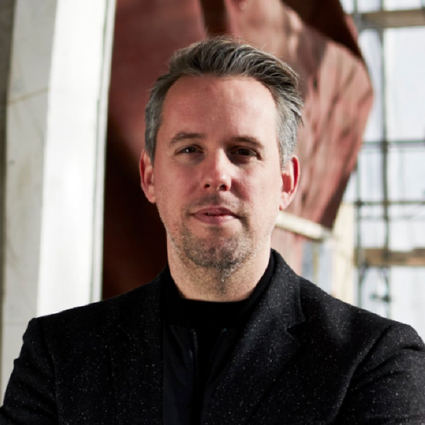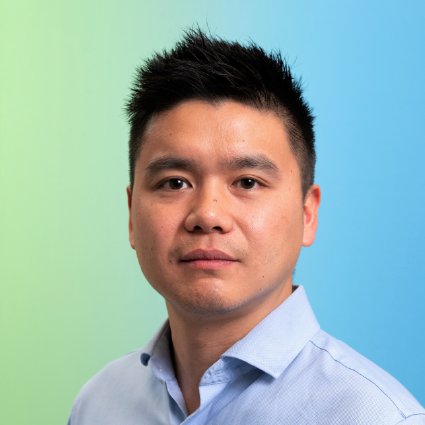About This Course
Design for a sustainable future and optimise concrete use. As urbanisation accelerates, so too does the demand for concrete. This topic focuses on minimising the environmental impact of concrete by teaching you how to design structures that use less material. Learn from industry experts as you explore efficient design strategies to reduce embodied carbon and optimise resource consumption.
You can expect to spend about 3 hours on this topic. Should you fail to obtain a passing grade (80%), you may contact us to arrange to retake the evaluation.
Course Staff
Prof. Dr. John Orr
University of Cambridge
Professor John Orr MEng (hons) PhD CEng MIStructE FHEA is Professor of Structural Engineering at the University of Cambridge. He has built a >£11M research and consultancy portfolio with a focus on sustainable design and construction. Author of 125 journal papers, articles, and books on topics related to sustainability, he is an internationally recognised expert in net zero carbon construction. In 2022 he won the Philip Leverhulme Prize for his research in minimising embodied carbon and won the Elsevier Atlas Award in 2018 for ‘research that could significantly impact … lives around the world'.
Prof. Dr. Philippe Block
ETH Zurich
Philippe Block is a full professor of Architecture and Structures and head of the Institute of Technology in Architecture (ITA) at ETH Zurich, where he co-leads the Block Research Group (BRG) with Dr. Tom Van Mele. He studied architecture and structural engineering at the Vrije Universiteit Brussel (VUB) in Belgium and at the Massachusetts Institute of Technology (MIT) in the US, where he earned his PhD in 2009.
The BRG develops sustainable and circular construction solutions through the advancement of computational structural design and innovation in digital fabrication and construction. Specific expertise includes computational form finding, discrete masonry, graphic statics, architectural and structural geometry, digital fabrication and construction, and open-source computation. Philippe and Tom translate their research into practice, with the consultancy Foreign Engineering and the ETH spin-off VAULTED. Most significant is the development of the Rippmann Floor System (RFS), a low-carbon-footprint, fully circular prefabricated concrete floor solution.
Fu Lei Zhou
Holcim Innovation Center
Fu Lei is a Structural Engineer and Computer Scientist with a unique interdisciplinary expertise that bridges the gap between engineering and technology. Specializing in bridges and singular structures, I bring extensive experience in all design stages, including conceptual design, detail design, technical assistance, forensic engineering, and rehabilitation. His background in Computer Science, with specializations in software development, artificial intelligence, and data analytics, enhances his ability to develop cutting-edge solutions for the construction sector. By integrating digital technologies, he focuses on improving sustainability and efficiency, ensuring that modern construction practices meet the highest standards of environmental responsibility and operational excellence.
Dr. Wendpanga Serge Auguste NANA
Holcim Innovation Center
Serge is a research scientist at the Holcim Innovation Center, in the Concrete & Aggregates department. He holds a bachelor's degree (2012) and an engineering degree (2014) in civil engineering from the African Interstate Institute 2iE. Then a Master of research in structures and materials (2014), and a PhD in mechanics of structures (2017), both obtained at the National Institute of Applied Sciences of Lyon, INSA Lyon. He is passionate about innovation and applied research. He pursues this passion today at Holcim on very innovative subjects involving 3D Printing, low carbon concrete, fibre reinforced concrete, numerical modelling and design. He is also a part-time teacher at the University in Lyon on structural resistance, innovative and sustainable construction, continuum mechanics, structural dynamic and finite elements method. He thinks that we must always dare to change things if necessary, and that progress is at this price.






